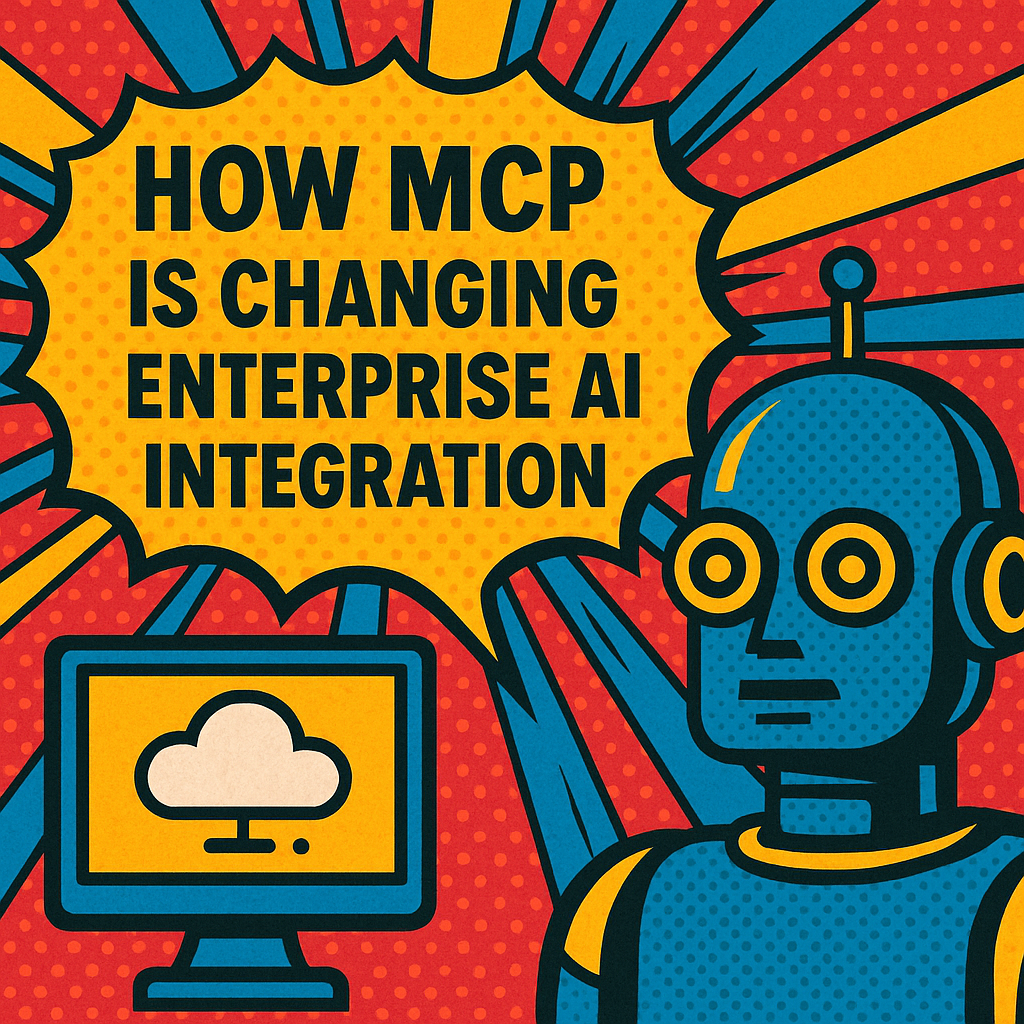
How MCP is Changing Enterprise AI Integration
The shift from isolated AI tools to fully integrated intelligent systems is accelerating. What once seemed like a distant vision of seamlessly connected AI workflows is becoming reality in forward-thinking businesses across industries. For years, integration challenges have been the primary bottleneck slowing enterprise AI adoption. Organizations have struggled with fragmented implementations, brittle API connections, and the inability to maintain context across different systems and workflows. The result has been a landscape of AI pilot projects that never scale and intelligent tools that operate in silos, unable to deliver on their transformative promise.
The Model Context Protocol (MCP) is becoming a key enabler for scalable, flexible, and context-aware AI integration in the enterprise. This new standard is changing how organizations think about connecting AI models to their business systems, promising to unlock the full potential of enterprise AI at scale.

Integration Challenges: Making Agents Work with Legacy Systems
The promise of autonomous AI agents is compelling; intelligent systems that can handle complex workflows, make decisions, and execute tasks with minimal human intervention. For most businesses though, the biggest obstacle isn't building the agents themselves, but integrating them with the systems that run their business: aging, complex legacy infrastructure that powers mission-critical operations. Many companies have invested decades in building robust systems that handle everything from customer transactions to supply chain management. These systems work, but they weren't designed for the fast, flexible data access that AI agents require. Legacy systems are often siloed, poorly documented, and surprisingly fragile despite their critical importance. The result is a painful mismatch between what agents need to function effectively and what existing enterprise infrastructure can readily provide.
